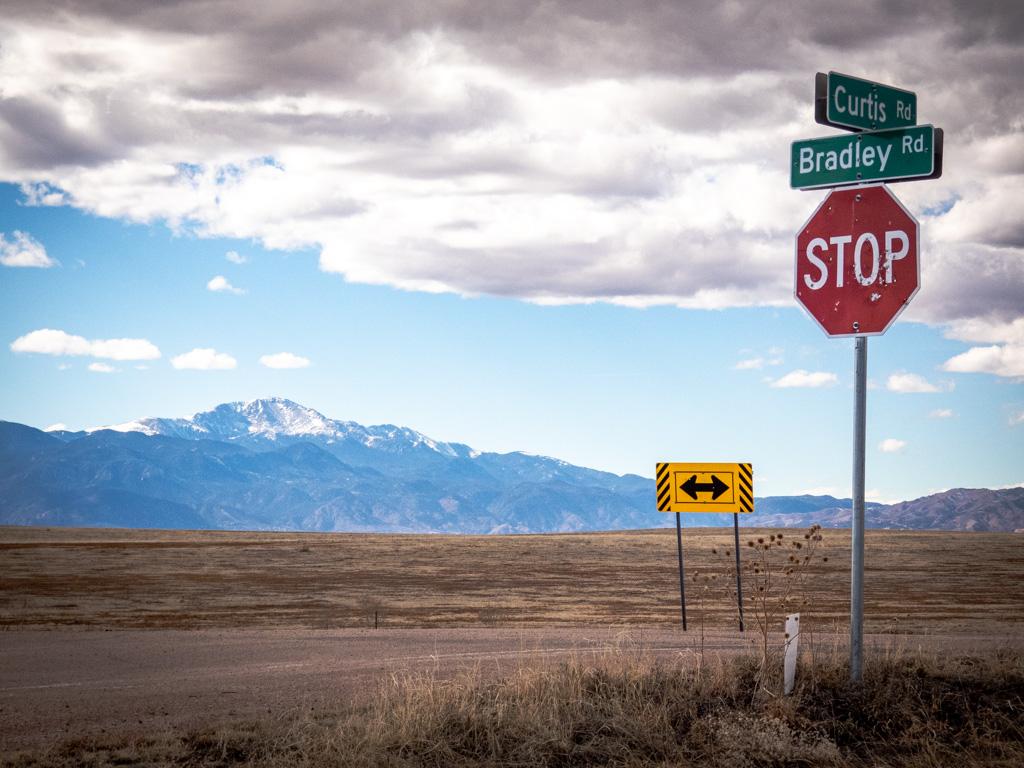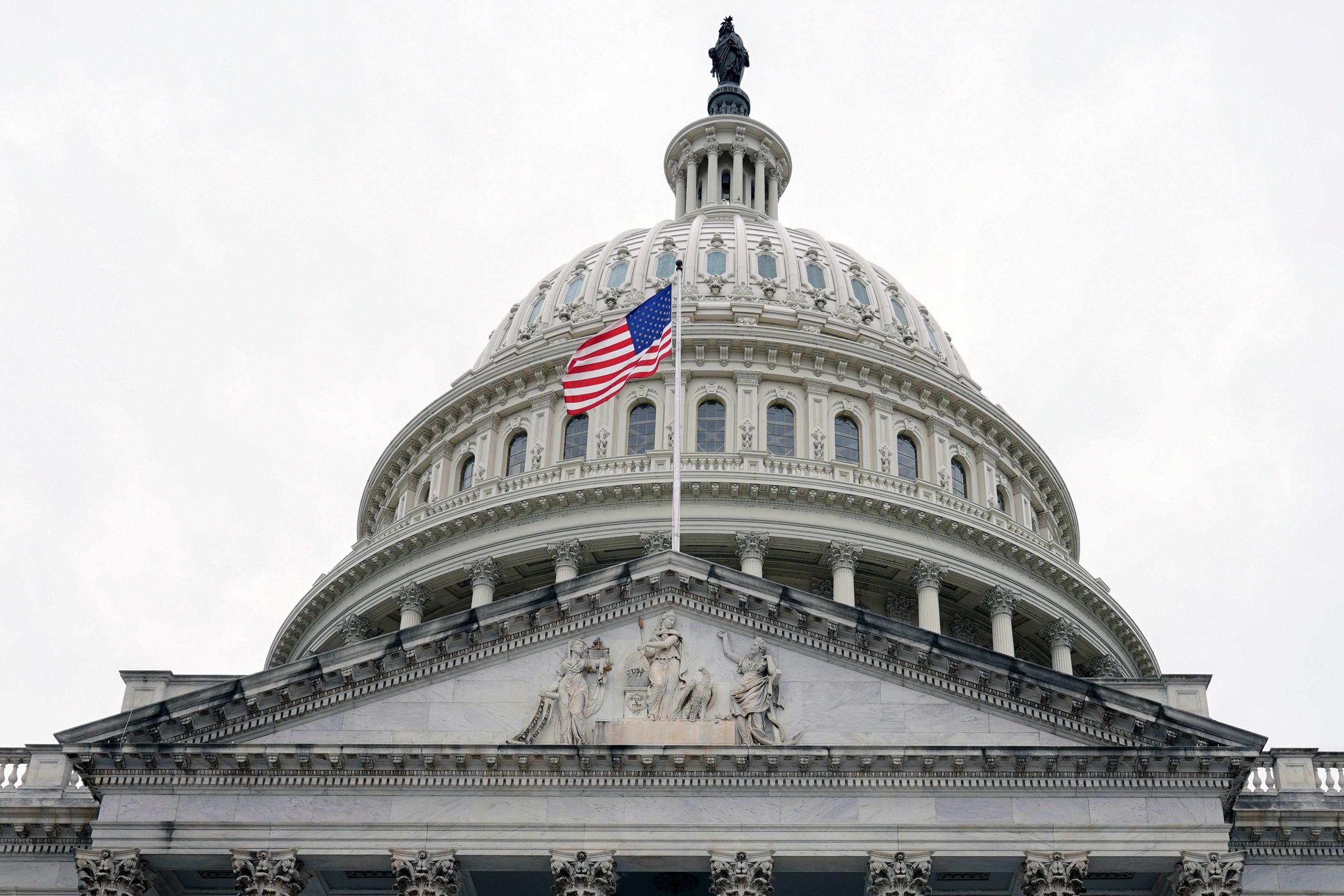Published 3:40 p.m. | Updated 5:22 p.m.
Seven states, including Colorado, are looking to Congress to pass legislation that would approve a long-awaited drought contingency plan.
The proposal that states have spent years negotiating got its first hearing before Congress on Wednesday. It would implement voluntary cuts to keep two key reservoirs on the river from falling so low that their dams could not deliver water or produce hydropower.
The drought-stricken Colorado River serves about 40 million people in the U.S. West and Mexico.
Republican Sen. Cory Gardner attended the hearing and commended the seven Colorado River basin states for coming together to define a plan.
“This is an incredibly important issue for those of us out in the plains of Colorado, those of us in Western Colorado and throughout the upper basin of Colorado — and lower basin,” he said. “Colorado has the unique distinction of being a state that all water flows out of and no water flows into.”
Gardner said the guidelines created in 2007 didn’t sufficiently mitigate the risk of Lake Mead dropping below critical levels. He added that even though Colorado was helped by a wet winter this year, it’s still important to determine a plan to prevent a crisis that would impact 40 million people in the West.
“These are states where history is written in water so this is incredibly important,” he said.
Sen. Martha McSally, a Republican from Arizona, chairs the subcommittee that heard the drought-contingency plan. She vowed Wednesday to introduce a bill soon, and said she expects strong support.
"Now that the states have completed their work, it's time for Congress to take it across the finish line," she said.
Arizona, California, Colorado, Nevada, New Mexico, Utah and Wyoming recently agreed to push for the federal legislation. Their goal is to have it approved by April 22 so that Mexico's water contributions also kick in next year.
Climate change, drought and an increased demand for Colorado River water have shrunk Lake Mead and Lake Powell to about 40 percent of their capacity, officials said. Lake Mead and Lake Powell are the two largest man-made reservoirs in the country.
The drought plan for the lower basin, which includes Arizona, California and Nevada, would have those states leaving water in Lake Mead when it hits certain levels. Under current guidelines, Arizona and Nevada would lose water when Lake Mead drops to 1,075 feet in elevation because California has the most senior rights.
On Wednesday, the lake created by Hoover Dam on the Arizona-Nevada border was at nearly 1,090 feet — the point at which water contributions would kick in under the drought plan and eventually loop in California.
Las Vegas relies on the Colorado River for 90 percent of its water supply. Nevada expects to meet the conditions of the drought plan with relative ease because of previous water conservation measures and storing eight years' worth of water, said John Entsminger, general manager of the Southern Nevada Water Authority.
"We're in a strong position to not only help the rest of the river but to protect ourselves as well," he said.
The drought plans also create incentives for storing water, rather than for removing it when the lower basin states believe it could be stranded in Lake Mead if water levels drop too low.
Unlike the upper basin states, Colorado, New Mexico, Utah and Wyoming in the lower basin historically haven't used their full allocations of Colorado River water. They use Lake Powell on the Arizona-Utah border as a bank to store water when hydrology is good to ensure they can deliver water through Glen Canyon Dam to the lower basin in drier years, meeting obligations under a 1922 compact that divvied up the water.
"If we cannot get water past that dam, we violate the compact," Wyoming state engineer Pat Tyrrell said.
Tyrrell said diminishing flows in the Colorado River have increased the threat that upper basin states might need to curtail their use of water, or move water from large reservoirs in Utah, Colorado and New Mexico to Lake Powell when it's needed. The ability to store water in the reservoirs upstream from Lake Powell without charge is also part of the plan, Tyrrell said.
Besides Entsminger, no one on Wednesday's panel mentioned the California irrigation district that has the largest entitlement to Colorado River water that was written out of the drought plan. The Imperial Irrigation District said it wouldn't participate unless it secured $200 million in federal funding for a massive, briny lake southeast of Los Angeles. Another powerful California water agency said it would make up Imperial's pledged water contribution to the drought plan to avoid delay.
Representatives of the Imperial Irrigation District are in Washington, D.C., this week partly to oppose draft federal legislation the states recently submitted to Congress. Imperial says the language would waive environmental laws. The states disagree.
Another hearing on the drought plans is scheduled Thursday before a House subcommittee.








